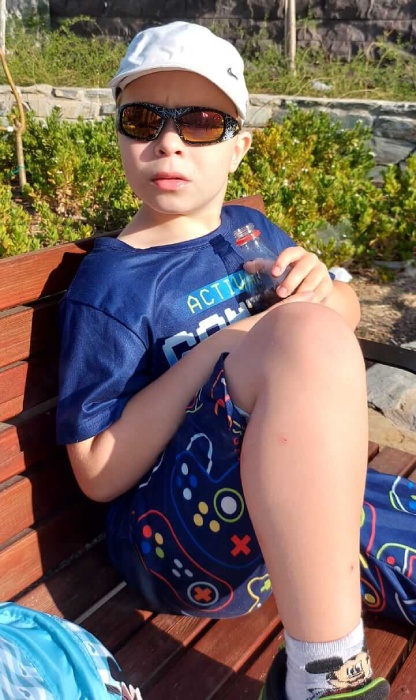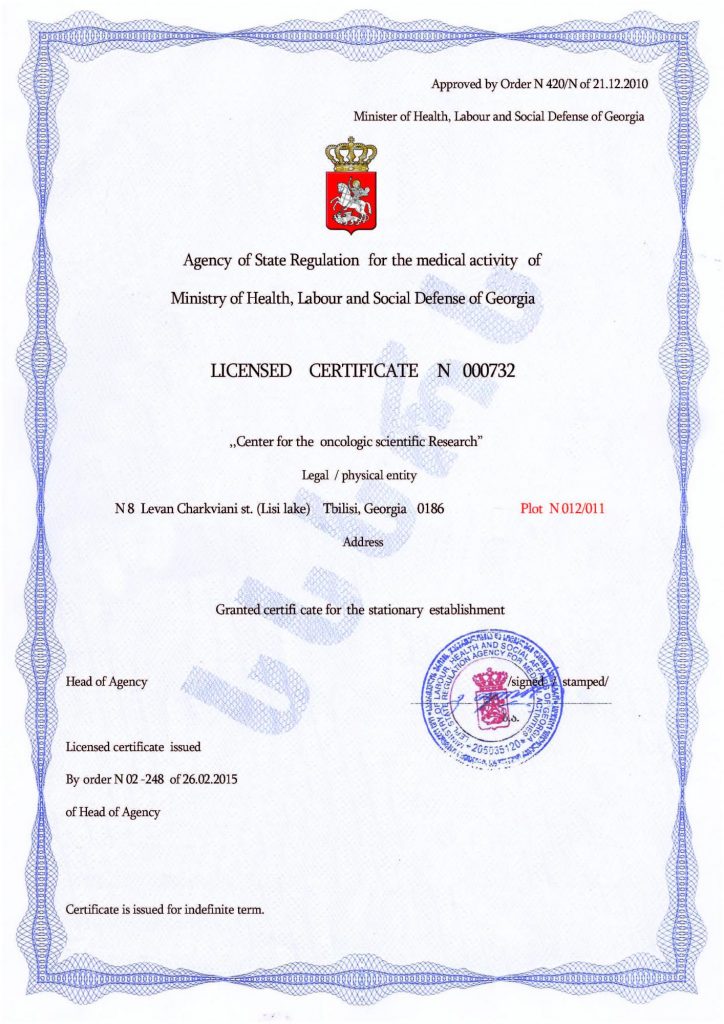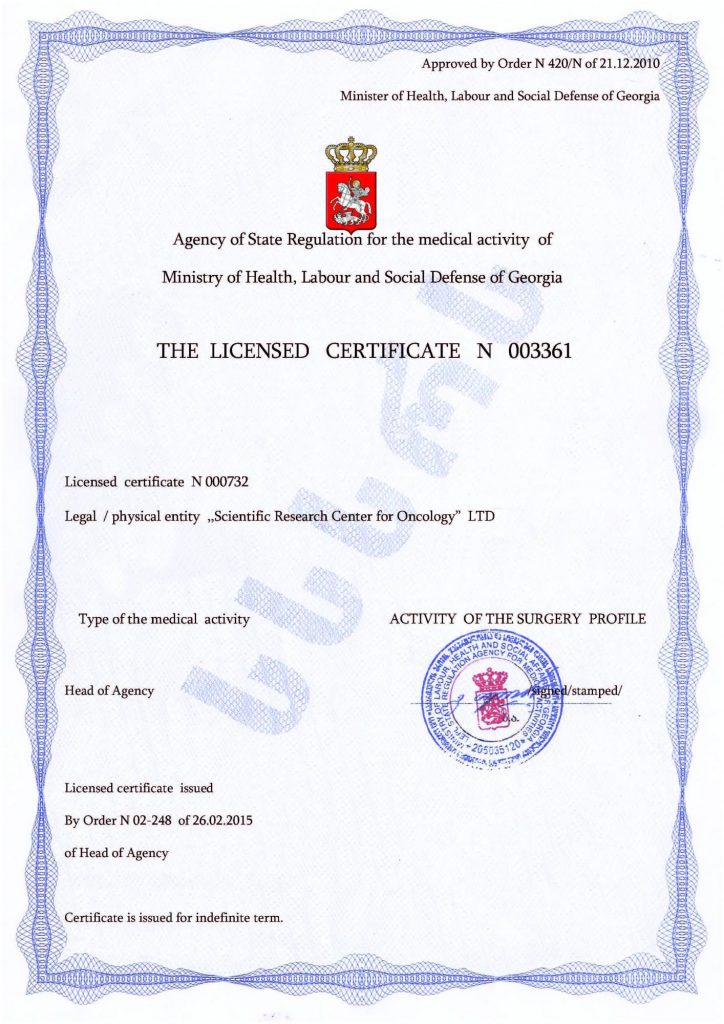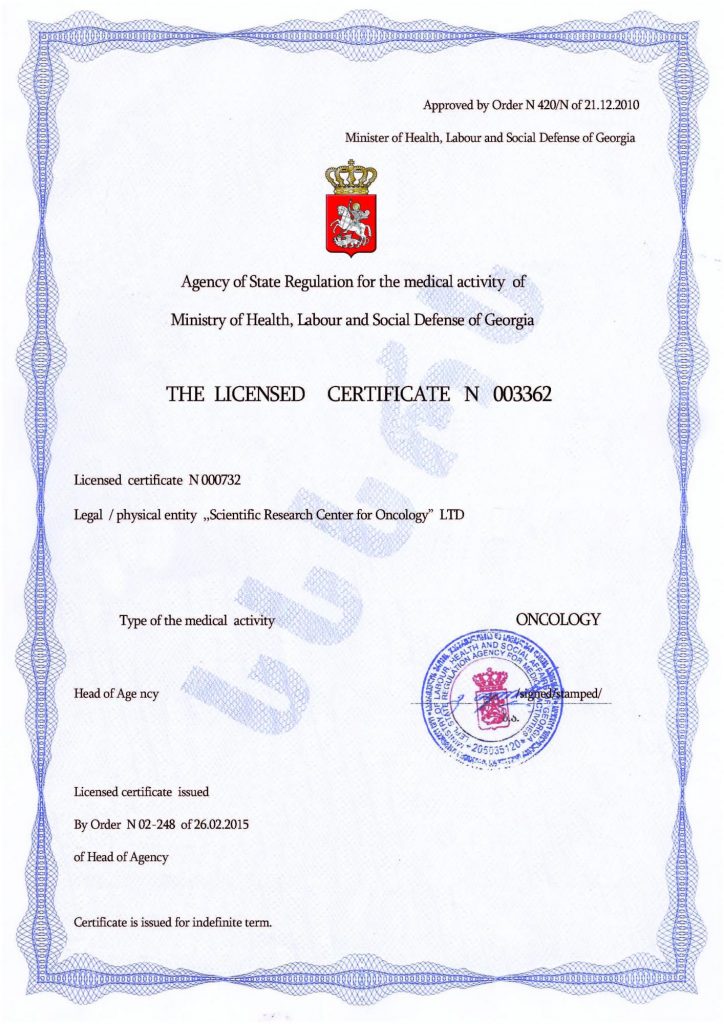Cognitive Stories in Autism Treatment
Why conversations with autistic children are challenging
Parents often expect their child to listen when they try to influence behavior through words. But with autistic children, communication isn’t so simple. These children often don’t fully understand social norms. It’s important to figure out why they may act out at school, avoid social contact, or behave unusually in public spaces—even around peers.
Behavior as communication, not misconduct
This kind of behavior is very common. An autistic child might throw a book during class if they don’t understand something, or scream and lash out in a noisy environment. This isn’t bad behavior—it’s often their only way to express distress. Many autistic children simply can’t explain what’s bothering them, or recognize how their actions affect others. Expressing themselves through alternative methods—not speech—is often easier and more natural for them.
Teaching more than social rules: building communication skills
Children with autism need help not just in learning social norms, but also in developing communication. This can be through speech, gestures, or writing—it’s important to identify which method works best for the individual child. Difficulty with eye contact, gestures, and facial expressions also makes it harder for them to understand others and form friendships.
The link between lack of communication and behavior problems
A lack of communication can lead to:
- Repetitive behaviors
- Over- or under-sensitivity to stimuli
- Strong attachment to routines and rituals
- Narrow, focused interests
- A reduced or absent sense of empathy
Often, these behaviors are their way of expressing unmet needs or distress.
Social stories: a simple but powerful tool
One of the most effective methods for addressing communication issues is the use of social stories. Carol Gray introduced this approach in 1991. These short, illustrated stories help children understand social situations and learn how to behave appropriately. Every story is tailored to the specific needs of the child—there’s no single formula. But the core elements are consistent.
Key principles when creating social stories
- Define a clear goal – Identify a specific challenge and explain how to handle it.
- Consider five key elements:
- Write in the first or third person
- Use present, past, and future tense
- Keep the tone positive and patient
- Be literally accurate
- Include details about who, what, when, where, why, and how
- Use different types of sentences:
- Descriptive: explain the situation
- Perspective: describe what others might feel or think
- Directive: suggest what to do in the situation
- Strategic: offer coping strategies or alternatives
A good ratio is 2–5 descriptive or perspective sentences for every directive sentence. To make the story easier to follow, it helps to use colors and illustrations.
An effective but not curative method
Social stories are creative, engaging, and very effective for improving social skills and adjusting behavior. However, they don’t treat the root causes of autism. For that, there’s a different approach—medical rather than psychological: cell therapy.
Cell therapy: a modern medical breakthrough
This innovative and safe method is based on the body’s ability to heal itself. It uses the patient’s own stem cells, which eliminates the risk of rejection. These cells can become any type of specialized cell in the body.
After transplantation, they replace damaged cells with healthy ones. This leads to:
- Improved brain and nervous system function
- Better behavior
- A reduction—or even disappearance—of autism symptoms
The effects are often noticeable shortly after the procedure and can last for years—or even for life. It also increases the effectiveness of other autism therapies.
Cell therapy is now widely accepted and used by top clinics worldwide, including the Mardaleishvili Medical Center. They offer:
- Skilled, experienced specialists
- Advanced medical equipment
- High-quality care
- More affordable pricing than many Western clinics
They also assist with travel, accommodation, and rehabilitation planning.
With long-term results, safety, and effectiveness, stem cell therapy is emerging as one of the most promising treatments for autism today.
Autism Treatment Center Videos
Autism treatment with own stem cells
Cord blood association congress
International Quality Crown
Autism Treatment Reviews
Autism treatment with own stem cells
The story of Alessandro (6 years old)
Autism Patient Testimonial - Stem Cell Treatment
Clients Testimonials

Anna – Sasha’s mother Read More

Amirkhon’s father — Tokhir Read More
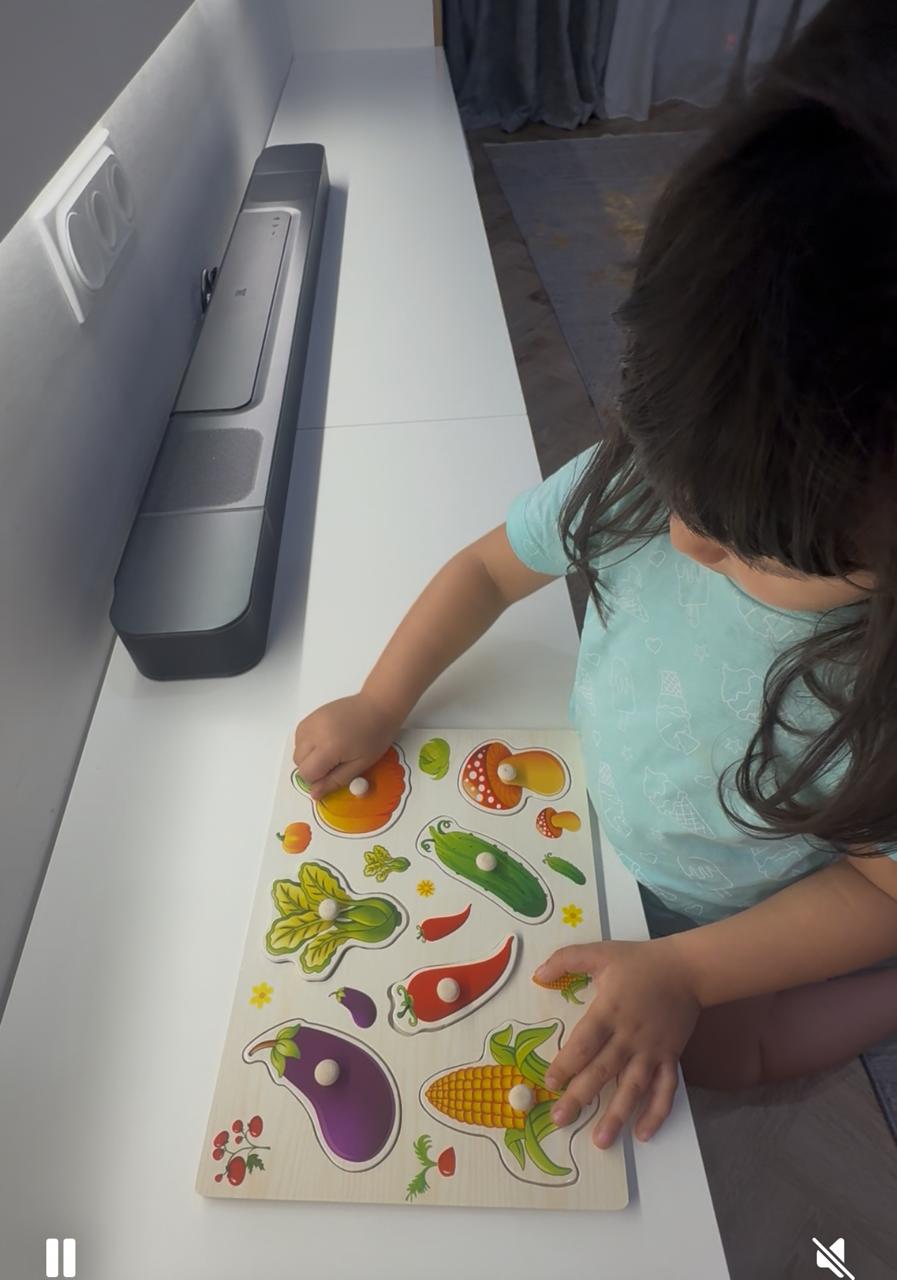
Dilana’s mother Read More
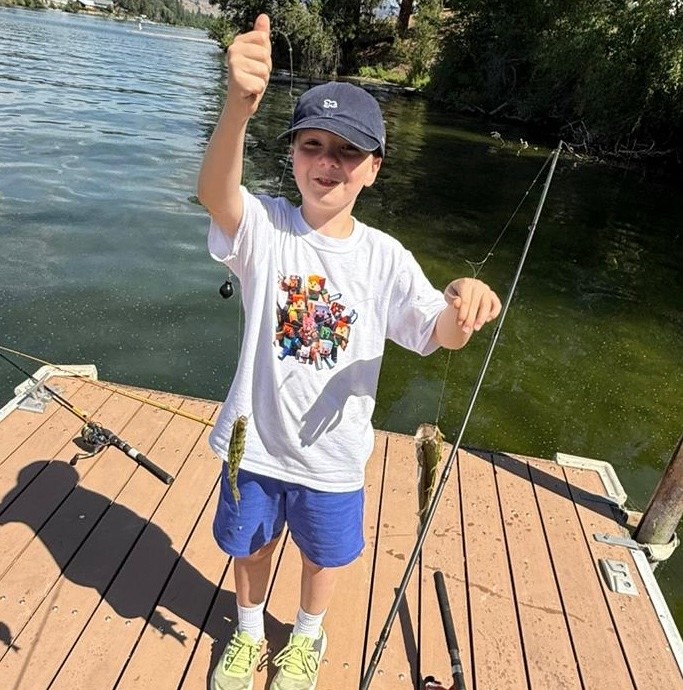
Irina and Stefan – Ilya’s parents Read More
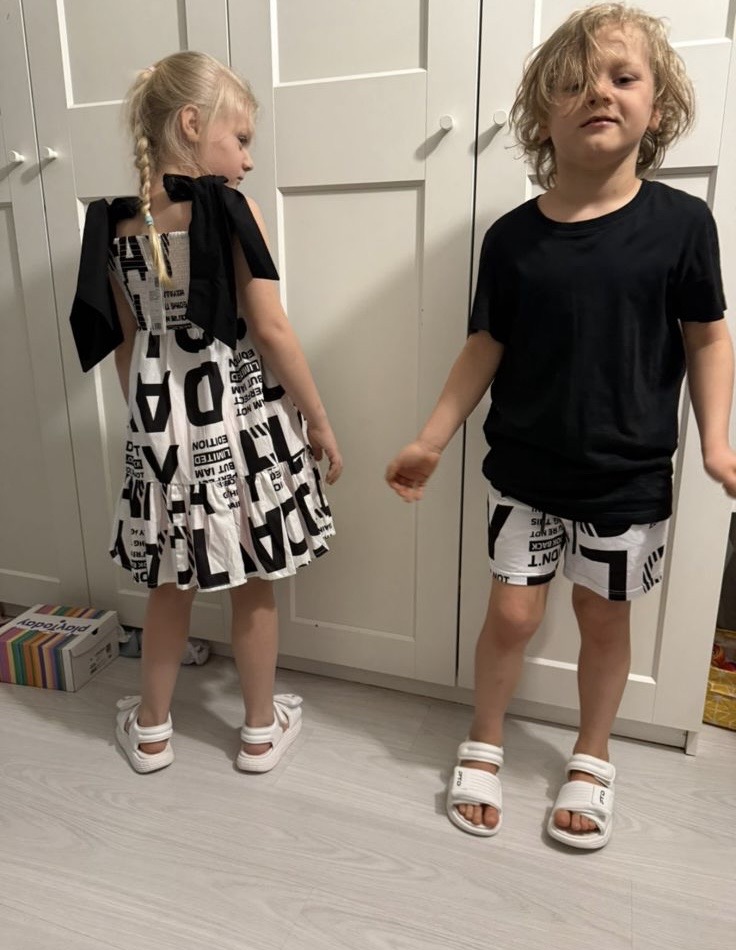
Kristina – mother of Nelly and Nik Read More
